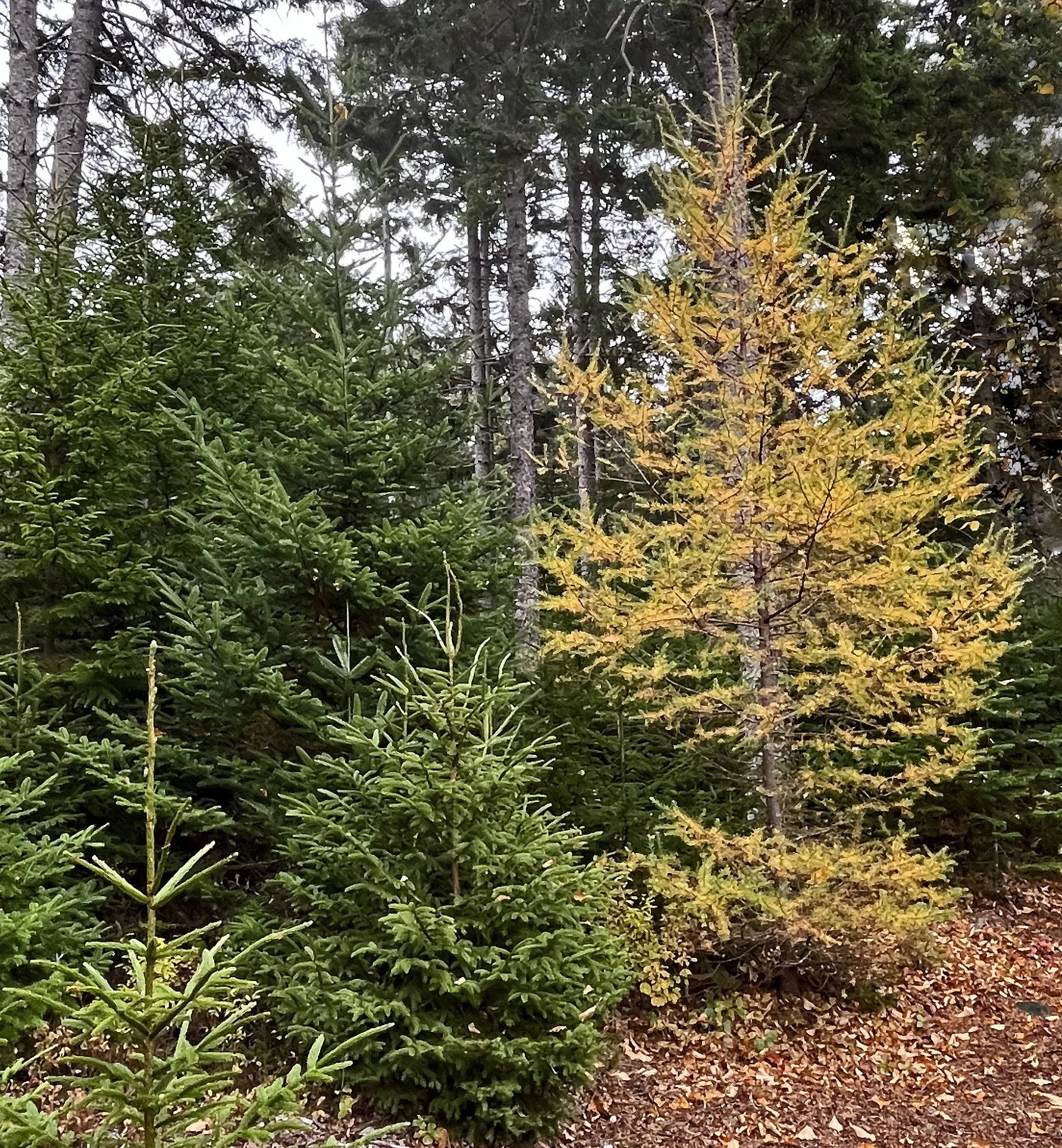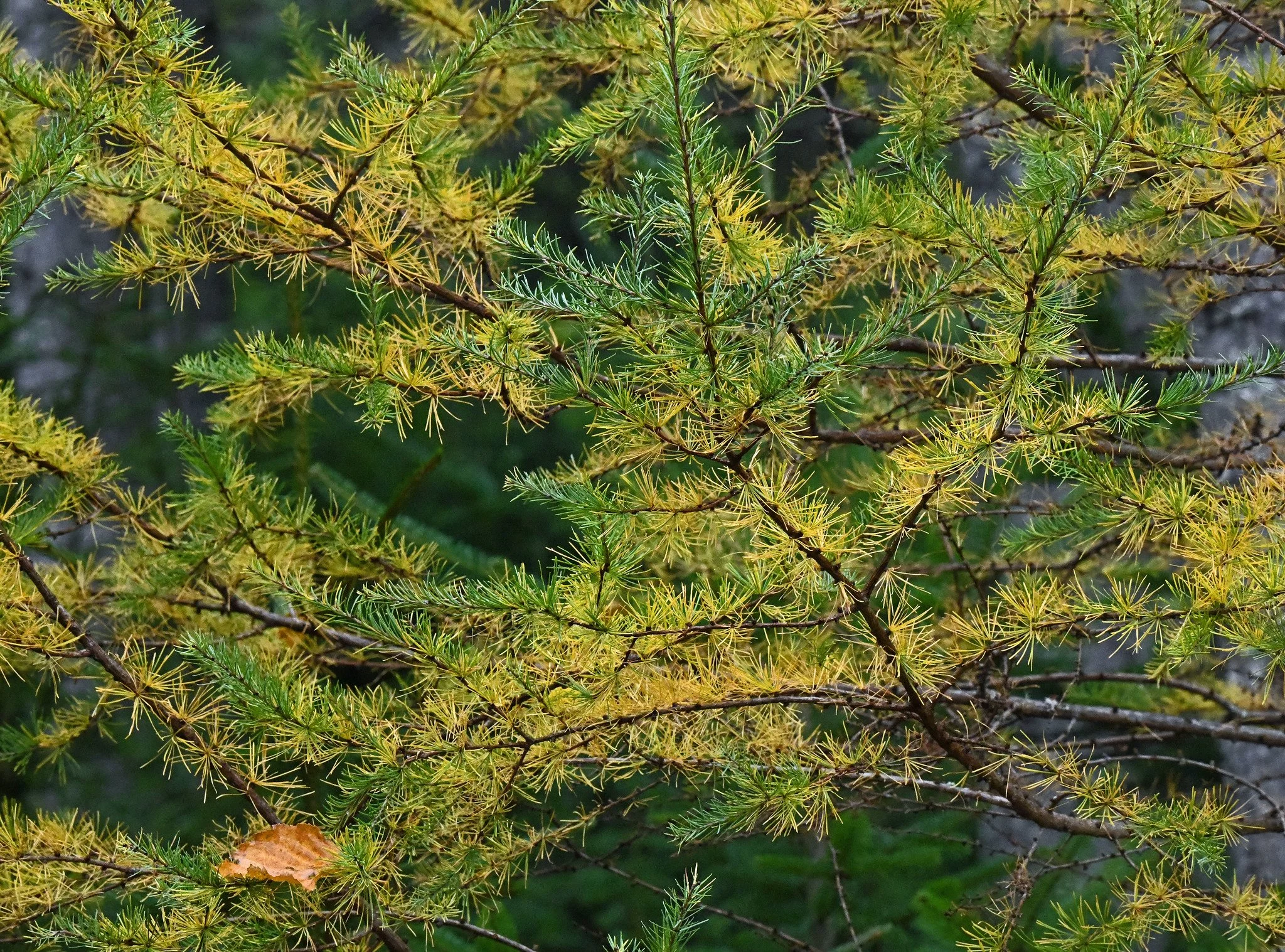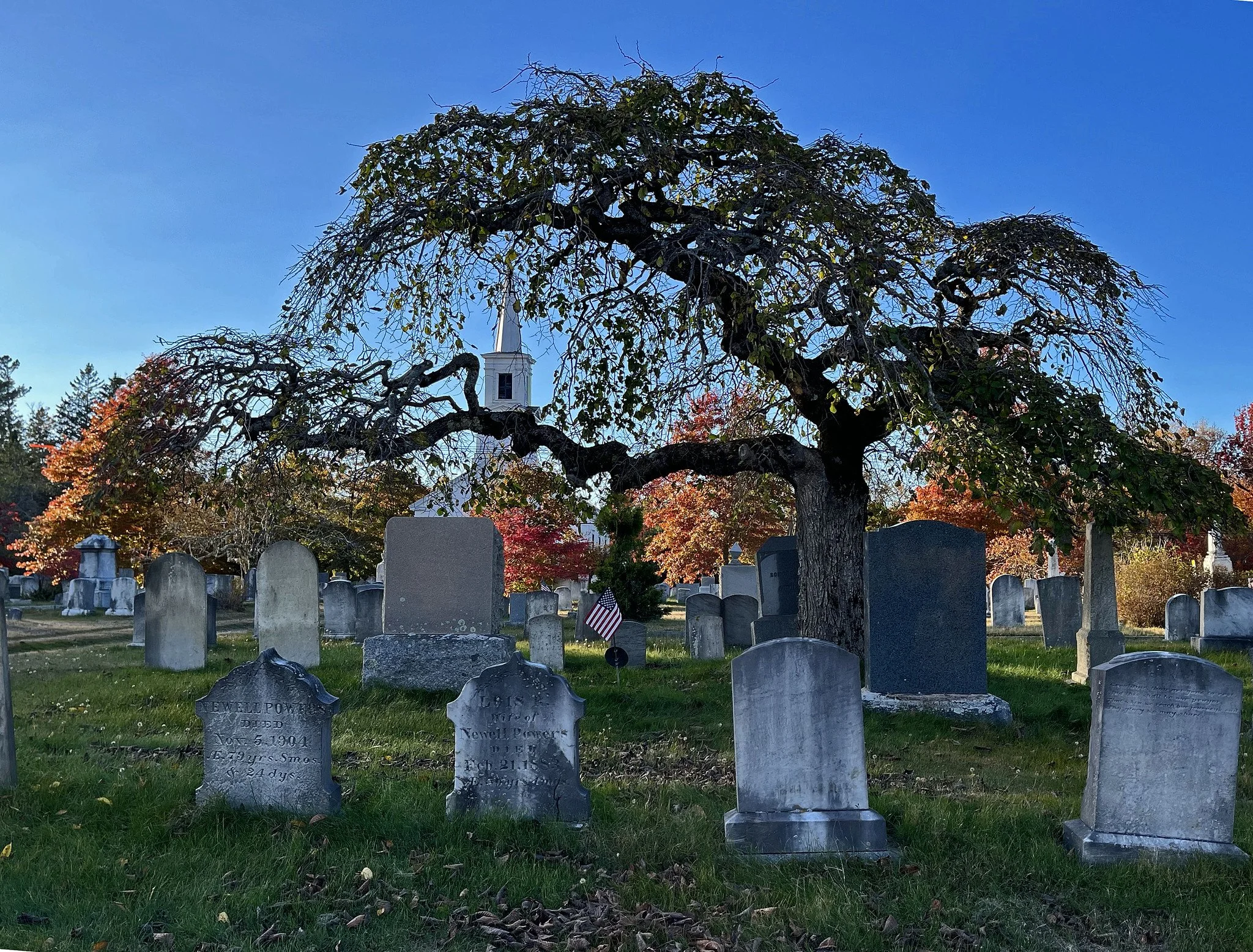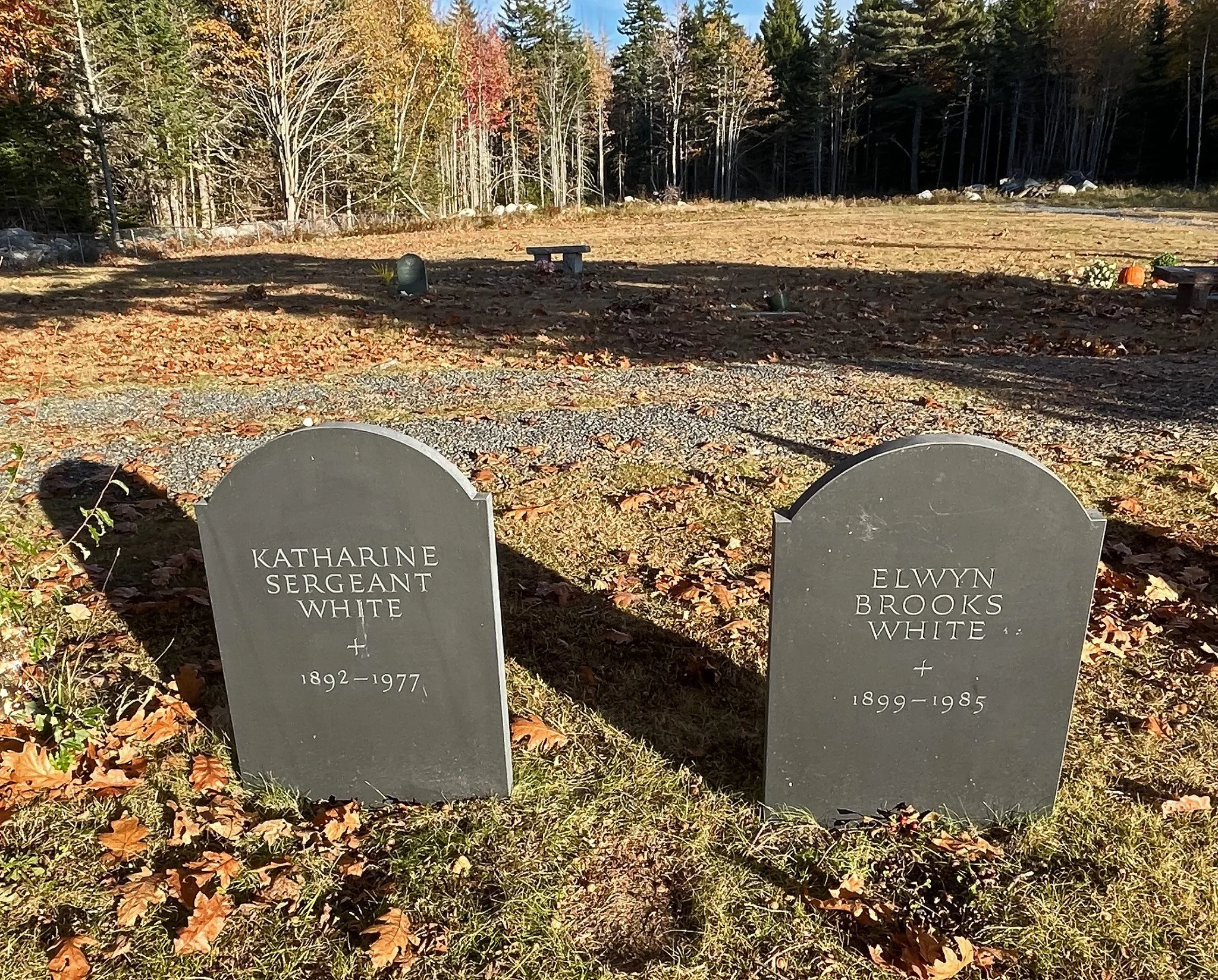We’re now getting the more colorful winter sunsets and afterglows like this one on Saturday. They usually start with the undersides of clouds being painted pink and the horizons turning buttery:
Then, as the clouds darken, the horizon band takes on amber hues before disappearing under the descending darkness:
As I understand it, we see more of the sun’s rainbow of colors during winter sunsets primarily for two reasons. First, there’s less water (humidity) and dust in the air to obscure and distort views. Second, the angle of the sun is shallower, which allows the warmer color spectrum to be seen easier. (Images taken in Brooklin, Maine, on November 2, 2024.)


































































































































